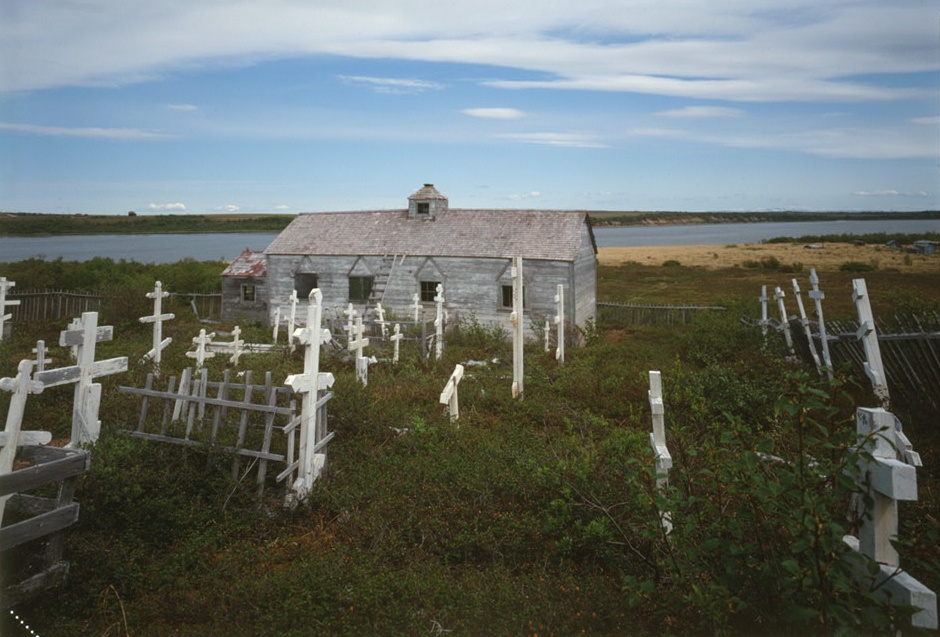Despite prevention campaigns, suicides increase in Alaska
Alaska's Arctic and western regions, which predominantly Alaska Native, have been hardest hit.

Suicide rates in Alaska have increased, and rates continued to be high among the state’s indigenous people, according to reports released by the Alaska Division of Public Health’s Epidemiology Section.
The average annual rate in the 2012-2017 period was 13 percent higher than that of the previous five years, the department said in a bulletin released on Jan. 2.
The suicide rate among Alaska Natives, at 46.6 per 100,000, was more than twice that for the rest of the Alaska population. Alaska’s highest suicide rates for the period were in the remote northern and western parts of the state, which are predominantly Native; the lowest rates were in southeastern Alaska, the bulletin said.
Alaskans have long had the highest or nearly the highest suicide rates in the United States. In the years from 2012 to 2017, suicide was the leading cause of death for Alaskans between 10 and 64 years of age, the bulletin said. Suicide was the fifth leading cause of death statewide in 2017, according to the most recent annual report from the Alaska Bureau of Vital Statistics. For the United States as a whole, suicide is the 10th leading causes of death, according to the National Institute of Mental Health.
The increase in suicide occurred despite some new programs intended to prevent such tragedies among Native people. Among them is the RISING SUN program started during the recent U.S. chairmanship of the eight-nation Arctic Council. RISING SUN is an acronym for Reducing the Incidences of Suicide in Indigenous Groups – Strengths through Networks.
For Alaska suicide victims, alcohol and drug abuse was common among suicide victims, according to the epidemiology bulletin. Over a third of the victims had documented problems of abusing alcohol, drugs or both, and 41 percent of the victims tested positive for alcohol when their suicides were discovered, according to bulletin report. The prevalence of opioids appears to be increasing among suicide victims. Opioid use was associated with 15 percent of the cases that occurred between 2012 and 2017, compared to 13 percent of the cases in the prior five years, according to the report.
The state Division of Public Health routinely conducts toxicology tests on suicide victims, which “helps improve our understanding of trends and our ability to characterize the role of substance use in suicides, which can be useful for developing targeted public health prevention strategies and clinical screening guidelines,” the bulletin said.
Information about alcohol and drug use was further explained in an accompanying toxicology summary that examined suicide cases from 2015 to 2017. That report analyzed data from the Alaska Suicide Toxicology Project, a program that started in 2015; it is aimed at better understanding suicide risks.
Of those victims who were tested from 2015 to 2017, 70 percent were found to have either alcohol or drugs or both in their bodies, according to that bulletin. Use of opioids appeared to be on the rise for suicidal Alaskans; positive test results for opioids among victims rise to 18 percent in 2017 from 11 percent in 2015, according to the toxicology summary.
Health outcomes in general for Indigenous people in Alaska are poorer than those for non-Indigenous people, according to the Alaska Bureau of Vital Statistics’ annual report.
Along with the much-higher suicide statistics, Alaska Natives’ estimated life expectancy had slipped to 72.8 years in 2015-17, down from 73.5 years in the previous period and much lower than the life expectancies for other ethnic groups in the state. Alaska Asians and Pacific Islanders had the highest estimated life expectancy, at 88.9 years, according to the annual report.
Infant mortality among Alaska Natives, at 11.3 per 100,000, was about three times that for Alaska whites, according to the annual report.
Overall mortality for Native people in Alaska, at 1,190.5 per 100,000, was nearly twice that for whites and blacks in Alaska and almost three times the rate for Asians and Pacific Islander residents of the state, according to the annual report.